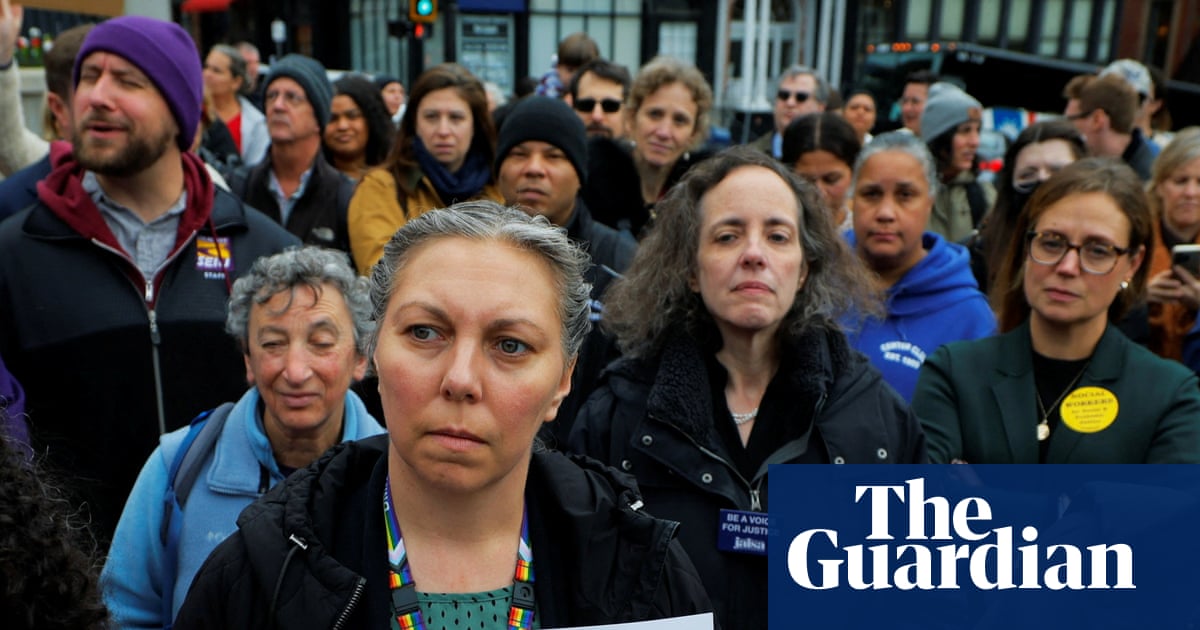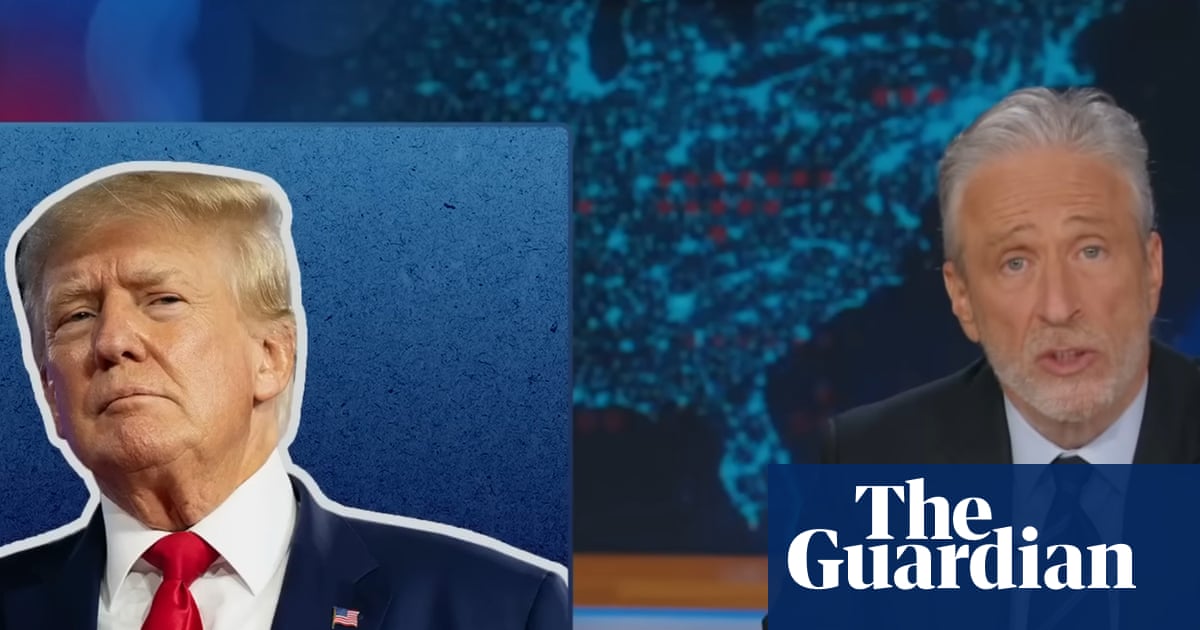Since the US government shut down Wednesday at midnight, tens of thousands of federal workers have been furloughed (told not to work), while others must work without pay until Congress passes a budget. The shutdown will have a wide range of effects on government services and programs as well as the US economy.
Here’s what it means for everyday people:
1. Paychecks and federal workers
Who keeps working?
“Excepted” government workers, employees whose work is deemed essential to protecting life and property, such as military personnel, border agents, TSA screeners and FBI agents, will remain at work without pay for as long as the shutdown continues. Some federal workers will continue to work with pay, particularly employees with the Veterans Health Administration and mail carriers, because the US Postal Service is an independent entity that generally relies on revenue from its products and services, not tax dollars.
Large portions of several agencies are furloughed, meaning they are not working or being payed because their jobs are not considered “essential” to immediate government operations.
All federal employees who are furloughed or required to work without pay during a government shutdown will receive back pay, under a law passed in 2019. Government contractors, however, are not guaranteed back pay for time lost during a government shutdown.
How many people are affected?
Hundreds of thousands of workers are impacted by the shutdown.
According to official government data, the impact of furloughs varies widely across agencies. The EPA is hit hardest, with 89% of its staff furloughed, followed closely by the Department of Education at 87% and the Department of Commerce at 81%. The Department of Labor also sees a large share, with 76% of its employees sidelined, while the Department of Housing and Urban Development (HUD) has 71% furloughed.
At the state department, 62% of the workforce is out, while the Department of the Interior stands at 53%. Roughly half of agriculture employees (49%) are affected, along with 45% of civilian defense department staff and 41% of health and human services workers.
The Department of Homeland Security is only 5% furloughed, but most staff remains unpaid until funding returns. The VA estimates that 97% of its employees would continue to work during a shutdown.
2. Travel and transportation
Will my flight still take off?
Yes. Air traffic controllers and TSA officers are still working, but without pay. Expect possible long lines or delays if staffing becomes strained.
Can I get a passport or visa?
Yes, passport and visa services continue, but delays are possible if the shutdown drags on.
3. Benefits and health
Will I still get social security, Medicare or Medicaid?
Yes. Benefits continue, but customer service (like benefit verification or replacement cards) may be delayed.
Will I still get Snap (food stamps) or WIC (special supplemental nutrition program for Women, Infants and Children)?
Yes, these nutrition programs continue.
What about healthcare and research?
The National Institute of Health (NIH) hospital stays open for current patients, but will not admit new ones unless medically necessary. The US Food and Drug Administration (FDA) will continue some inspections, but new drug/device approvals are expected to slow down. New research grants are frozen.
4. National parks
Can I visit a national park?
It depends. According to the interior department, “park roads, lookouts, trails, and open-air memorials will generally remain accessible to visitors”, but visitor services are limited due to reduced staffing.
Some campgrounds and remote sites may shut down entirely. If conditions worsen due to lack of workers, more parks could be closed. Tours of sites such as the US Capitol and the FBI will likely be suspended indefinitely.
5. Smithsonian museums
Are the Smithsonian museums open?
The Smithsonian Institution, which includes museums, research centers, and the National zoo in Washington DC will stay open through at least Monday, 6 October using “prior-year funds”, the institution shared in a press release. It remains unclear whether they will remain open past that day should the shutdown continue, but updates will be posted on the website.
What about the Kennedy Center?
In a statement to NPR, a spokesperson said: “The Center’s programming will not be impacted by a shutdown. Federal employees like plumbers will not be impacted either,” The spokesperson credited Trump’s One Big Beautiful Bill Act, which included a $257m budget for repairs and restoration for the center, as the reason workers will not be affected.
6. Housing
How is the housing market affected?
The housing crisis is likely to intensify as the Department of Housing and Urban Development (HUD) ceases much of its work in housing fairness, according to Sharon Cornelissen, director of Housing at the Consumer Federation of America (CFA).
“This government shutdown will further paralyze HUD and cease the little fair housing work it was still doing,” Cornelissen said in a statement. “Thousands of home closings will grind to a halt – consumers in flood zones will be unable to buy or sell homes – as funding for the National Flood Insurance Program runs out.”
She added: “Broad, affordable, and fair access to housing is impossible without a well-functioning government, but this administration has done nothing but undermine the essential housing programs and protections that people across the US rely on every day.”
7. Consumer protections
What about other implications for consumers?
Since the start of the Trump administration, watchdog agencies and regulators have faced major staffing cuts and financial constraints. Experts warn the shutdown could compound the government’s ability to protect consumers.
“This shutdown is not just political theater, it’s a continuation of the relentless assault on consumer protection,” said Erin Witte, director of consumer protection for the Consumer Federation of America. “By halting the very agencies that safeguard families from predatory lenders, unfair fees and corporate abuse, the administration is abandoning Americans at the height of a widespread affordability crisis.”
8. In summary
-
You’ll still get your social security and Medicare.
-
Flights will keep going, but with unpaid and possibly limited staff.
-
Most parks will remain open, but will probably be under-maintained.
-
Smithsonian museums and the National zoo are open through at least 6 October.
-
Federal workers are the hardest hit, withmany being unpaid or furloughed.
-
Consumer protections, which have already been hit hard by cuts, are at risk of incapacity.
-

 German (DE)
German (DE)  English (US)
English (US)  Spanish (ES)
Spanish (ES)  French (FR)
French (FR)  Hindi (IN)
Hindi (IN)  Italian (IT)
Italian (IT)  Russian (RU)
Russian (RU)  3 weeks ago
3 weeks ago
























Comments